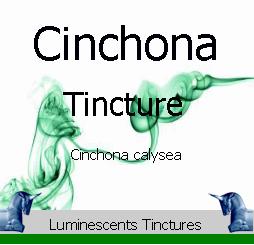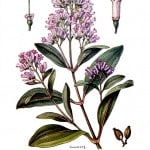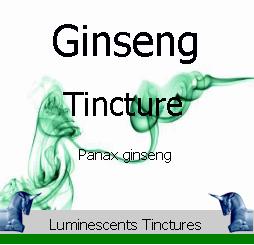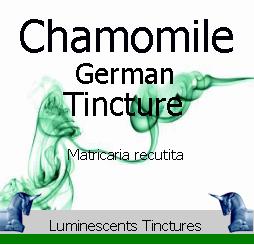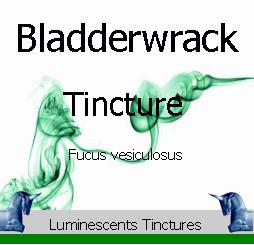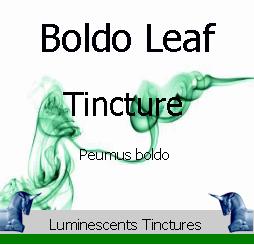Cinchona Bark Tincture – Cinchona calisaya
£16.50
50 ml
Botanical Name Cinchona calisaya
Also known as:- Jesuit’s Bark or Peruvian Bark .
Plant Part Used Harvested Bark
Herb To Liquid Ratio 1:5
Alcohol by Volume 45%
Country of Origin Peru/UK
CAUTIONS
USE ONLY UNDER PROFESSIONAL GUIDANCE
The harvested bark of the Cinchona tree (Cinchona calisaya) from which Cinchona Bark Tincture is made, produces several alkaloids, the most important of which is quinine and has certain febrifuge properties causing it to be used in the treatment of Malaria for centuries.
The tree is also known as Jesuit’s Bark or Peruvian Bark.
History of Cinchona Bark:-
The name of the genus is due to Carolus (Carl) Linnaeus, who named the tree in 1742 after the Countess of Chinchon, who was the wife of a viceroy of Peru, who, in 1638, was introduced by natives to the medicinal properties of the bark. Stories of the extensive medicinal properties of this bark, however, are perhaps noted in journals as far back as the 1560s-1570s.
The medicinally active bark, which is stripped from the tree, dried and sometimes powdered, includes other alkaloids that are closely related to quinine but react quite differently in treating malaria.
Some alkaloids of the Cinchona bark are not soluble in water, but soluble in wine or alcohol, rather,, therefore wine has been used to make an infusion of the bark for ingestion as a home remedy and, of course, tinctures use wood, beet or grain alcohol.
The plants are cultivated in their native South America, and also in other tropical regions, notably in India and Java.
| country-of-origin | |
|---|---|
| manufacturer |
